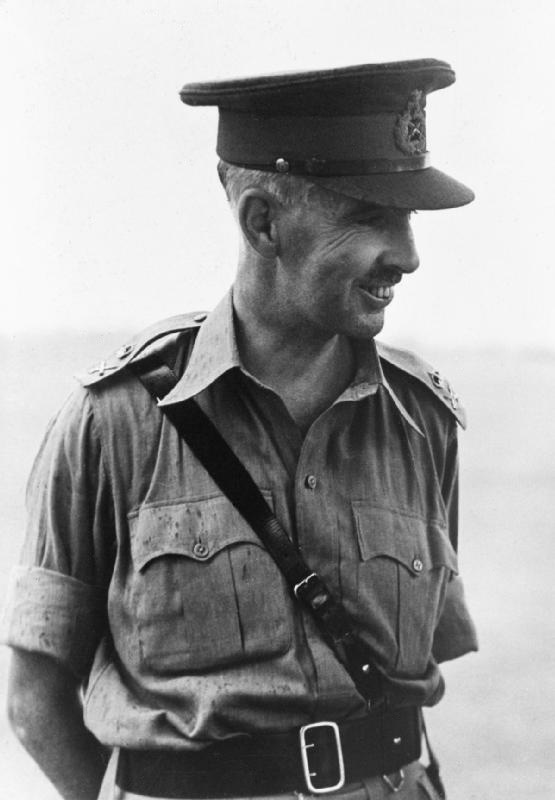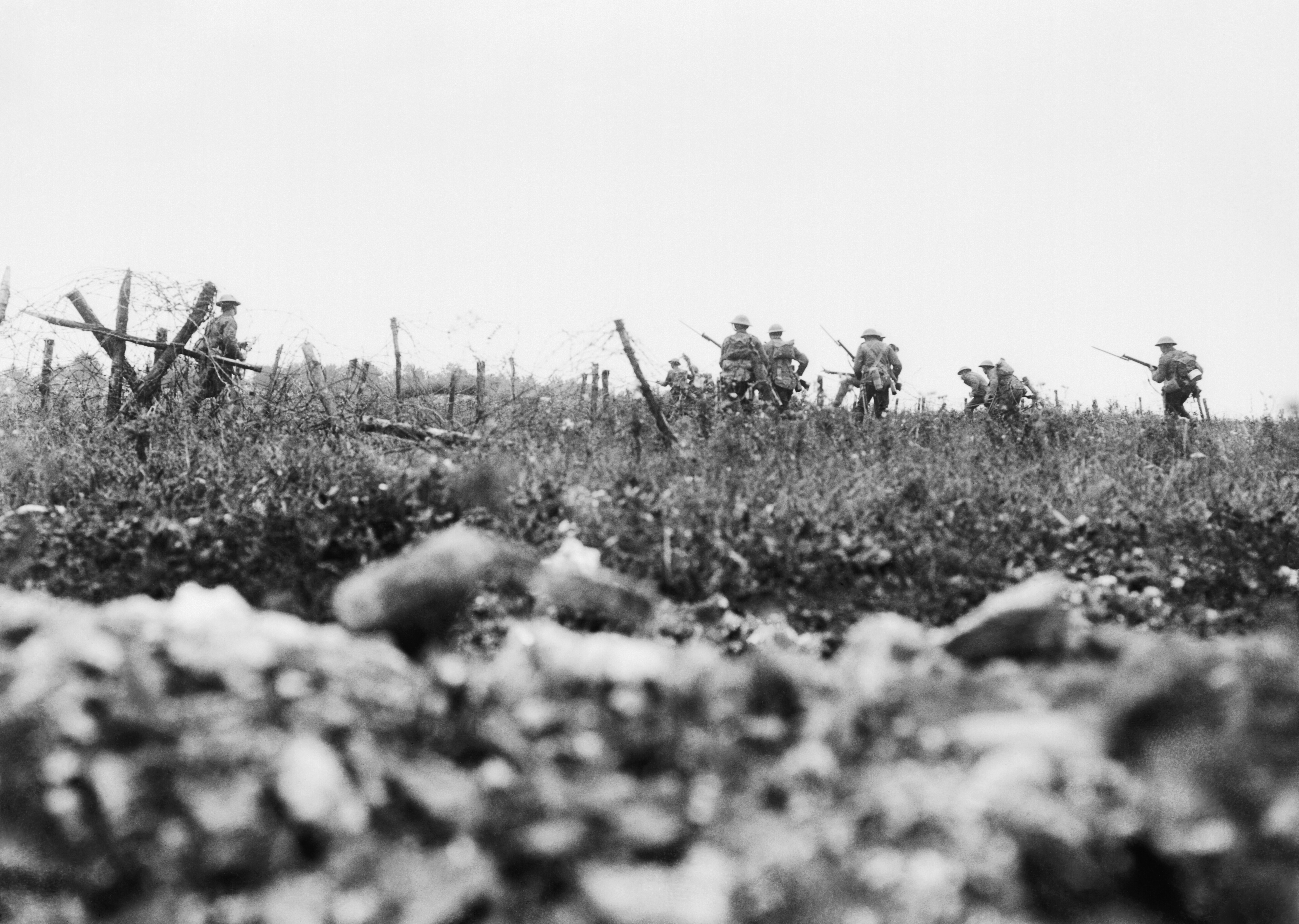|
Khaki Drill
Khaki drill (KD) is the British military term for a type of fabric and the military uniforms made from them. History Khaki colour uniforms were first introduced in 1848 in the British Indian Army Corps of Guides. As well as the Corps of Guides, other regiments in India soon adopted the uniform and eventually it was used throughout the British military. Khaki drill was worn as a combat uniform from 1900 to 1949 and was most often used in desert and tropical service. A variant, still referred to as khaki drill or KD, is worn by the British Armed Forces in non-combatant warm-weather countries where the British are actively serving (e.g. personnel stationed at RAF Akrotiri in Cyprus will wear any of four working variants of this uniform). Generally, KD was a series of different uniform patterns of light khaki cloth, generally cotton, first worn by British and British Empire soldiers in the Boer War. Canada developed its own pattern after the First World War, and the uniform wa ... [...More Info...] [...Related Items...] OR: [Wikipedia] [Google] [Baidu] |
Arthur Percival
Lieutenant-General Arthur Ernest Percival, (26 December 1887 – 31 January 1966) was a senior British Army officer. He saw service in the First World War and built a successful military career during the interwar period but is most noted for his defeat in the Second World War, when he commanded British Empire forces during the Japanese Malayan Campaign and the subsequent Battle of Singapore. Percival's surrender to the invading Imperial Japanese Army force, the largest surrender in British military history, undermined Britain's prestige as an imperial power in East Asia.Morris, ''Farewell the Trumpets'', p452 His defenders, such as Sir John Smyth, have argued that under-funding of Malaya's defences and the inexperienced, under-equipped nature of the Empire army in Malaya, not Percival's leadership, were ultimately to blame. Early days Childhood and employment Arthur Ernest Percival was born on 26 December 1887 in Aspenden Lodge, Aspenden near Buntingford in Hertfordshir ... [...More Info...] [...Related Items...] OR: [Wikipedia] [Google] [Baidu] |
I Canadian Corps
I Canadian Corps was one of the two corps fielded by the Canadian Army during the Second World War. History From December 24, 1940, until the formation of the First Canadian Army in April 1942, there was a single unnumbered Canadian Corps (World War II), Canadian Corps. I Canadian Corps became operational in Italy in November 1943 when the 5th Canadian (Armoured) Division joined the 1st Canadian Infantry Division, which had been assigned to the British Eighth Army immediately prior to the Allied invasion of Sicily in July 1943. I Canadian Corps was commanded successively by Lieutenant-general (Canada), Lieutenant-General Harry Crerar (April 6, 1942, to March 19, 1944), Lieutenant-General E. L. M. Burns, Eedson Burns (March 20 to November 5, 1944), and Lieutenant-General Charles Foulkes (Canadian Army officer), Charles Foulkes (November 10, 1944, to July 17, 1945). However, the 1st Canadian Infantry Division took part in the Italian Campaign (World War II), Italian Campaign, part ... [...More Info...] [...Related Items...] OR: [Wikipedia] [Google] [Baidu] |
Southeast Asia
Southeast Asia, also spelled South East Asia and South-East Asia, and also known as Southeastern Asia, South-eastern Asia or SEA, is the geographical United Nations geoscheme for Asia#South-eastern Asia, south-eastern region of Asia, consisting of the regions that are situated south of mainland China, east of the Indian subcontinent, and north-west of mainland Australia. Southeast Asia is bordered to the north by East Asia, to the west by South Asia and the Bay of Bengal, to the east by Oceania and the Pacific Ocean, and to the south by Australia (continent), Australia and the Indian Ocean. Apart from the British Indian Ocean Territory and two out of atolls of Maldives, 26 atolls of Maldives in South Asia, Maritime Southeast Asia is the only other subregion of Asia that lies partly within the Southern Hemisphere. Mainland Southeast Asia is completely in the Northern Hemisphere. East Timor and the southern portion of Indonesia are the only parts that are south of the Equator. Th ... [...More Info...] [...Related Items...] OR: [Wikipedia] [Google] [Baidu] |
Empire Of Japan
The also known as the Japanese Empire or Imperial Japan, was a historical nation-state and great power that existed from the Meiji Restoration in 1868 until the enactment of the post-World War II 1947 constitution and subsequent formation of modern Japan. It encompassed the Japanese archipelago and several colonies, protectorates, mandates, and other territories. Under the slogans of and following the Boshin War and restoration of power to the Emperor from the Shogun, Japan underwent a period of industrialization and militarization, the Meiji Restoration, which is often regarded as the fastest modernisation of any country to date. All of these aspects contributed to Japan's emergence as a great power and the establishment of a colonial empire following the First Sino-Japanese War, the Boxer Rebellion, the Russo-Japanese War, and World War I. Economic and political turmoil in the 1920s, including the Great Depression, led to the rise of militarism, nat ... [...More Info...] [...Related Items...] OR: [Wikipedia] [Google] [Baidu] |
Far East
The ''Far East'' was a European term to refer to the geographical regions that includes East and Southeast Asia as well as the Russian Far East to a lesser extent. South Asia is sometimes also included for economic and cultural reasons. The term first came into use in European geopolitical discourse in the 15th century, particularly the British, denoting the Far East as the "farthest" of the three "Easts", beyond the Near East and the Middle East. Likewise, during the Qing dynasty of the 19th and early 20th centuries, the term " Tàixī ()" – i.e., anything further west than the Arab world – was used to refer to the Western countries. Since the mid-20th century, the term has mostly gone out of use for the region in international mass media outlets due to its eurocentric connotations.Reischauer, Edwin and John K Fairbank, ''East Asia: The Great Tradition,'' 1960. The Russian Far East is often excluded due to cultural and ethnic differences, and is often considered as part ... [...More Info...] [...Related Items...] OR: [Wikipedia] [Google] [Baidu] |
Bush Jacket
A safari jacket or bush jacket also known as a “shacket” is a garment originally designed for the purpose of going on safari in the African bush. When paired with trousers or shorts, it becomes a safari suit. A safari jacket is commonly a lightweight cotton drill or lighter poplin jacket, traditionally khaki in color, with a self-belt, epaulets, four or more expandable bellows pockets and often with cartridge loops. History Lightweight, light-coloured uniforms were worn by European soldiers serving in warm climates from the 19th century and, little altered, throughout World War II. Martin Brayley, ''Armies of the Raj'', Osprey Publishing, 2012, page 36. They typically featured epaulettes, pleated pockets, belts and other features later found on safari jackets. The earliest reference to a 'safari suit' listed in ''The Oxford English Dictionary'' is from an American newspaper in 1935. In 1936, author and adventurer Ernest Hemingway designed a 'bush jacket' which was made by W ... [...More Info...] [...Related Items...] OR: [Wikipedia] [Google] [Baidu] |
Denim
Denim is a sturdy cotton warp-faced textile in which the weft passes under two or more warp threads. This twill weaving produces a diagonal ribbing that distinguishes it from cotton duck. While a denim predecessor known as dungaree has been produced in India for hundreds of years, denim as it is recognized today was first produced in Nîmes, France. Denim is available in a range of colors, but the most common denim is indigo denim in which the warp thread is dyed while the weft thread is left white. As a result of the warp-faced twill weaving, one side of the textile is dominated by the blue warp threads and the other side is dominated by the white weft threads. Jeans fabricated from this cloth are thus predominantly white on the inside. Denim is used to create a wide variety of garments, accessories, and furniture. Etymology 'Denim' originated as a contraction of the French phrase (' serge from Nîmes'). History Denim has been used in the United States since the mid-19t ... [...More Info...] [...Related Items...] OR: [Wikipedia] [Google] [Baidu] |
British Battledress
Battledress (BD), later named the No. 5 Uniform, was the combat uniform worn by British Commonwealth and Imperial forces through the Second World War. Battledress was introduced into the British Army just before the start of the war and worn until the 1960s. Other nations introduced their own variants of battledress during the war, including Australia, Canada, India, New Zealand, South Africa, and the United States and after the Second World War, including Argentina, Belgium, Norway, the Netherlands, and Greece. It was worn mostly but not exclusively in temperate climates. In some armies it continued in use into the 1970s. During the Second World War and thereafter this uniform was also used for formal parades (including mounting the guard at Buckingham Palace) until the re-introduction of separate parade uniforms in the late 1950s. Development and introduction From the early 1930s, the British War Office began research on a replacement for the Service Dress that had been ... [...More Info...] [...Related Items...] OR: [Wikipedia] [Google] [Baidu] |
Aertex
Aertex was a British clothing company based in Manchester, established in 1888, and also the name of the fabric manufactured by the company. It owned the trademark for Aertex fabric, a lightweight and loosely woven cotton material that is used to make shirts and underwear. History In the late 19th century Lewis Haslam, a Lancashire mill owner and politician, began to link the partnering of holes and warmth and with two medical colleagues, began experimenting with aeration; trapping air within the warp and weft of fabric. The result was a fabric that provided a barrier between the warmth of the skin and the chill of the atmosphere and in 1888 they formed the Aertex Company. During World War II the British Women's Land Army wore Aertex as part of their uniform and all the British and Commonwealth land forces in the Far East and Middle East wore Aertex bush shirts and jackets. These uniforms were designated as Jungle Green for the Far East and Khaki Drill for the Middle East. Soon a ... [...More Info...] [...Related Items...] OR: [Wikipedia] [Google] [Baidu] |
Mediterranean Theatre Of World War II
The Mediterranean and Middle East Theatre was a major theatre of operations during the Second World War. The vast size of the Mediterranean and Middle East theatre saw interconnected naval, land, and air campaigns fought for control of the Mediterranean, North Africa, the Horn of Africa, the Middle East and Southern Europe. The fighting in this theatre lasted from 10 June 1940, when Italy entered the war on the side of Germany, until 2 May 1945 when all Axis forces in Italy surrendered. However, fighting would continue in Greece – where British troops had been dispatched to aid the Greek government – during the early stages of the Greek Civil War. The British referred to this theatre as the Mediterranean and Middle East Theatre (so called due to the location of the fighting and the name of Middle East Command), the Americans called it the Mediterranean Theater of War and the German informal official history of the fighting is The Mediterranean, South-East Europe, and North ... [...More Info...] [...Related Items...] OR: [Wikipedia] [Google] [Baidu] |







